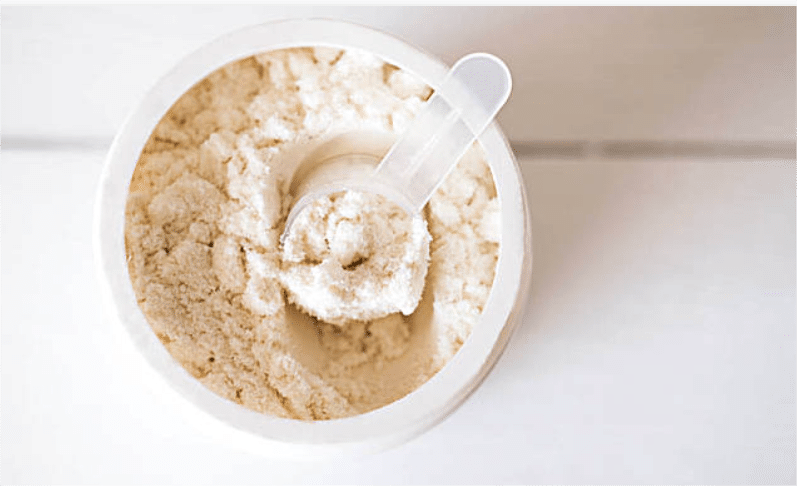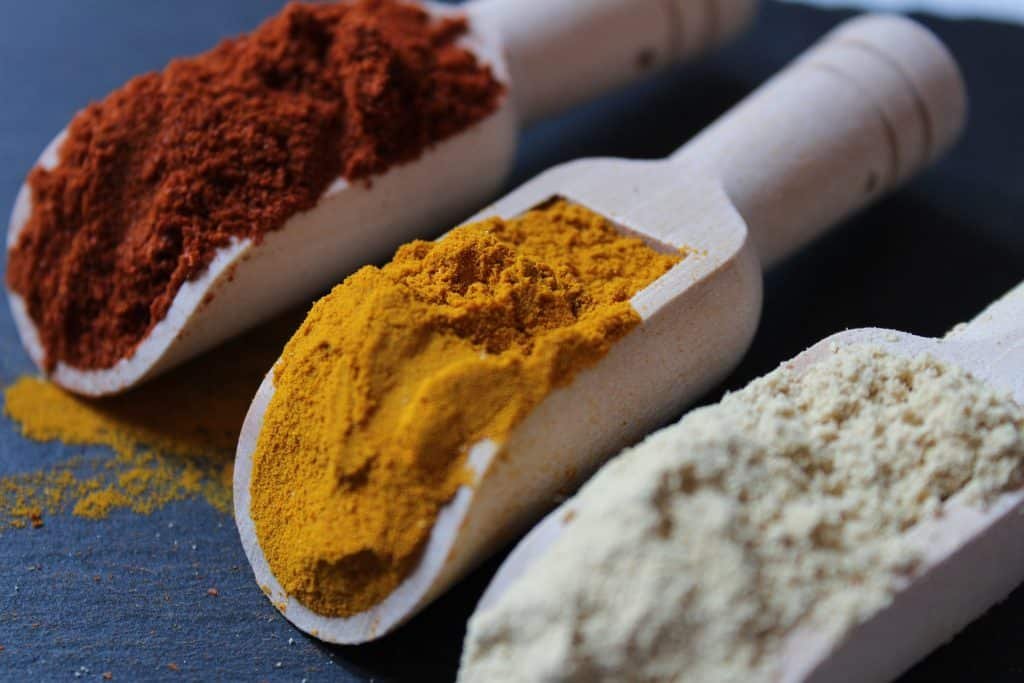簡介
明膠和 壳聚糖 是獨特的生物聚合物,可應用於食品、藥品和保健品等多種領域。儘管兩者的起源和特性不同,但都被公認具有潛在的健康益處。本文將深入探討它們的特性、用途、好處以及可能的副作用,提供一個全面的比較。.
什麼是明膠?
起源與組成
明膠是一種來自於膠原蛋白的天然蛋白質,是動物結締組織的主要成分。它是透過煮沸動物的皮、骨頭和結締組織而得到的,主要是豬和牛。明膠主要由氨基酸組成,包括甘氨酸、脯氨酸和羥脯氨酸。.
明膠的種類
- 明膠粉:常用於烹飪和烘焙。
- 片狀明膠:具有精確的膠凝特性,是專業廚房的首選。.
- 明膠膠囊:廣泛應用於製藥業。.
營養概況
明膠的熱量和脂肪含量較低,但蛋白質含量豐富,以重量計約含 85-90% 的蛋白質。由於其氨基酸結構,它缺乏碳水化合物,被認為是一種完整的蛋白質。.
烹飪用途
明膠具有多種烹飪用途,包括:
- 膠凝劑:用於果凍和棉花糖等甜點。.
- 增稠劑:常見於湯和醬汁中。.
- 穩定器:存在於乳製品中以維持質地。.
明膠的健康益處
關節健康
明膠經常被標榜對關節健康有益。明膠所含的氨基酸被認為有助於修復和維持軟骨,有可能減輕骨關節炎症狀。.
皮膚健康
由於含有膠原蛋白,明膠可改善皮膚彈性、保濕性和整體外觀。研究顯示,經常食用可減少皺紋、改善肌膚紋理。.
消化系統健康
明膠可透過促進胃液分泌、幫助消化和幫助癒合腸道黏膜來支持腸道健康。.
肌肉量與體重管理
作為一種蛋白質來源,明膠可以幫助運動後的肌肉恢復,並促進飽足感,有助於體重管理。.
明膠的潛在副作用
雖然明膠通常是安全的,但一些潛在的副作用包括
- 過敏反應:對動物產品過敏的人應避免食用明膠。.
- 消化問題:大量服用可能會導致腹脹或不適。.
- 藥物交互作用:使用前請諮詢專業醫護人員。.
什麼是甲殼素?
起源與組成
甲殼素源自甲殼素,甲殼素是一種生物聚合物,存在於蝦蟹等甲殼動物的外殼中。甲殼素是一種生物聚合物,存在於蝦和蟹等甲殼類動物的外殼中。甲殼素經由脫乙酰化成為一種可溶性的多功能化合物。.
營養概況
甲殼素熱量低,不是重要的蛋白質或碳水化合物來源。它的主要價值在於其纖維含量和結合脂肪的能力。.
應用
殼聚糖可應用於各行各業,包括
- 食品工業:作為天然防腐劑和脂肪替代物。.
- 製藥業:用於藥物輸送系統和減肥補充劑。.
甲殼素的健康益處
體重管理
甲殼素經常被當作減肥補充劑來銷售,因為它能在消化道中結合食物中的脂肪,有可能減少脂肪的吸收。.
降低膽固醇
一些研究表明,甲殼素可以防止膽固醇在腸道中被吸收,有助於降低膽固醇水平,從而促進心臟健康。.
抗菌特性
甲殼素已被證實具有抗菌特性,因此在食品保鮮和傷口護理方面非常有用。.
消化系統健康
甲殼素可作為纖維來源、幫助規律排便及改善腸道健康,從而促進消化道健康。.
甲殼素的潛在副作用
一般認為甲殼素是安全的,但潛在的副作用可能包括:
- 消化問題:有些人可能會腹脹、脹氣或便秘。.
- 過敏反應:對貝殼類過敏者應避免使用甲殼素。.
- 藥物交互作用:請諮詢醫療保健提供者,尤其是服用膽固醇或減肥藥物的人。.
比較分析:明膠與殼聚糖的比較分析
化學成分
- 明膠:從膠原蛋白中提煉出來的蛋白質,含有豐富的胺基酸。
- 甲殼素:由甲壳素衍生的多醣体,主要成分为葡萄糖胺。.
作用機制
- 明膠:提供膠原蛋白合成所需的胺基酸,有助於關節和皮膚健康。.
- 甲殼素:主要功能是作為脂肪結合劑,減少脂肪的吸收,可能有助於減肥。.
用法與用量
- 明膠 通常以粉末形式食用;典型劑量為每天 5 到 15 克。.
- 甲殼素 通常以膠囊或粉末的形式提供;建議用量在餐前 1 到 3 克之間。.
效能
這兩種物質都具有獨特的健康益處。明膠有助於關節和皮膚健康,而甲殼素通常用於控制體重和降低膽固醇。.
在各行各業的應用
食品工業
- 明膠:廣泛用於糖果、甜點及作為穩定劑。.
- 甲殼素:用作天然防腐劑和脂肪替代物。.
製藥業
- 明膠常用於 膠囊生產 以及藥物遞送系統。.
- 甲殼素:在減肥和降低膽固醇的營養補充品中逐漸受到歡迎。.
化妝品產業
- 明膠:因其保濕特性而偶爾用於護膚品中。.
- 甲殼素:因具有抗菌功效而越來越多地被加入配方中。
總結
明膠和甲殼素都具有獨特的優點,因此在各種應用領域中都很有價值。明膠因有助於關節和皮膚健康而聞名,而殼聚糖則因其控制體重和降低膽固醇的特性而被認可。瞭解它們的差異可以幫助消費者根據自己的健康需求做出明智的選擇。在開始任何新的補充品療程之前,請務必向醫療保健專業人員諮詢。




